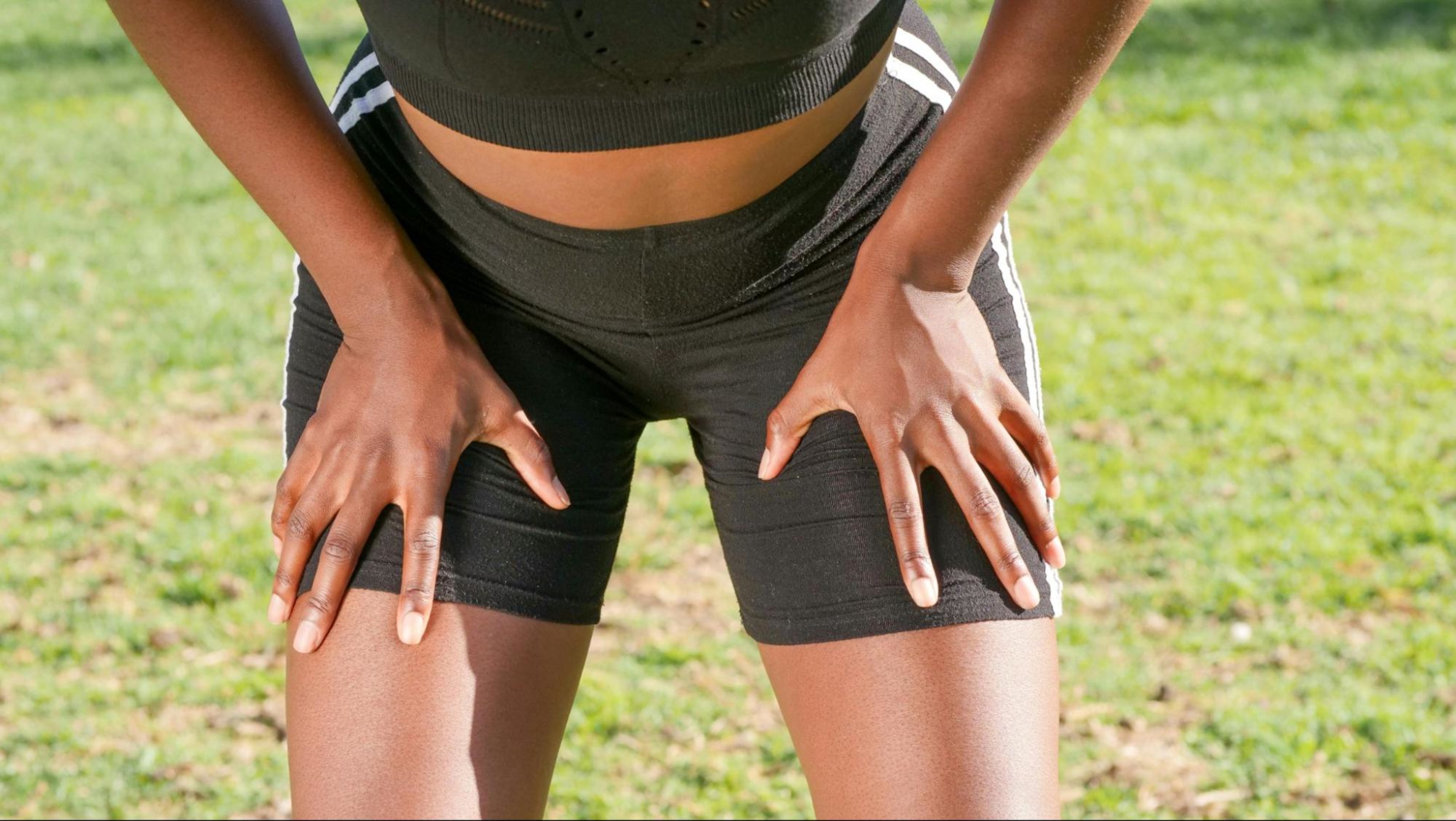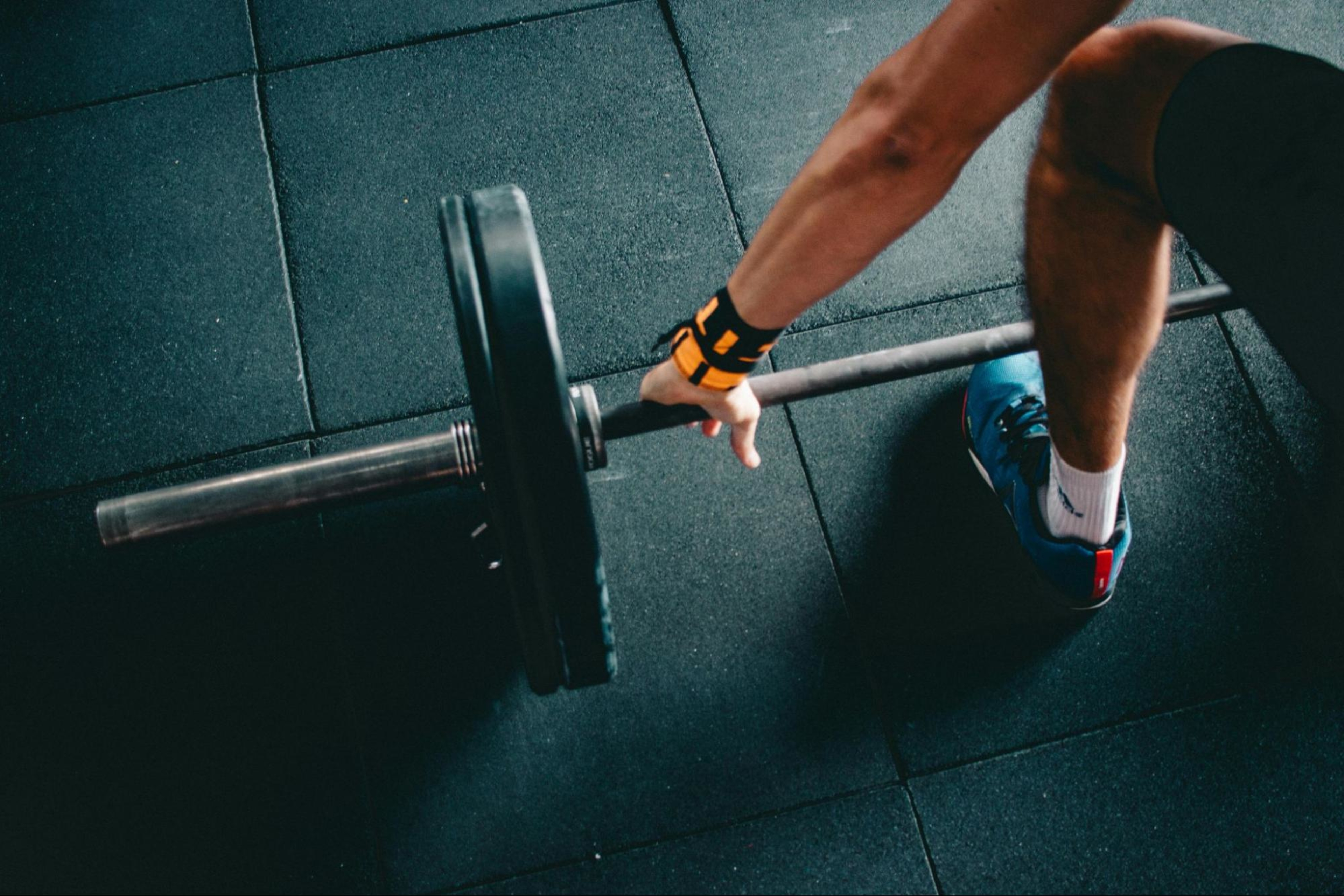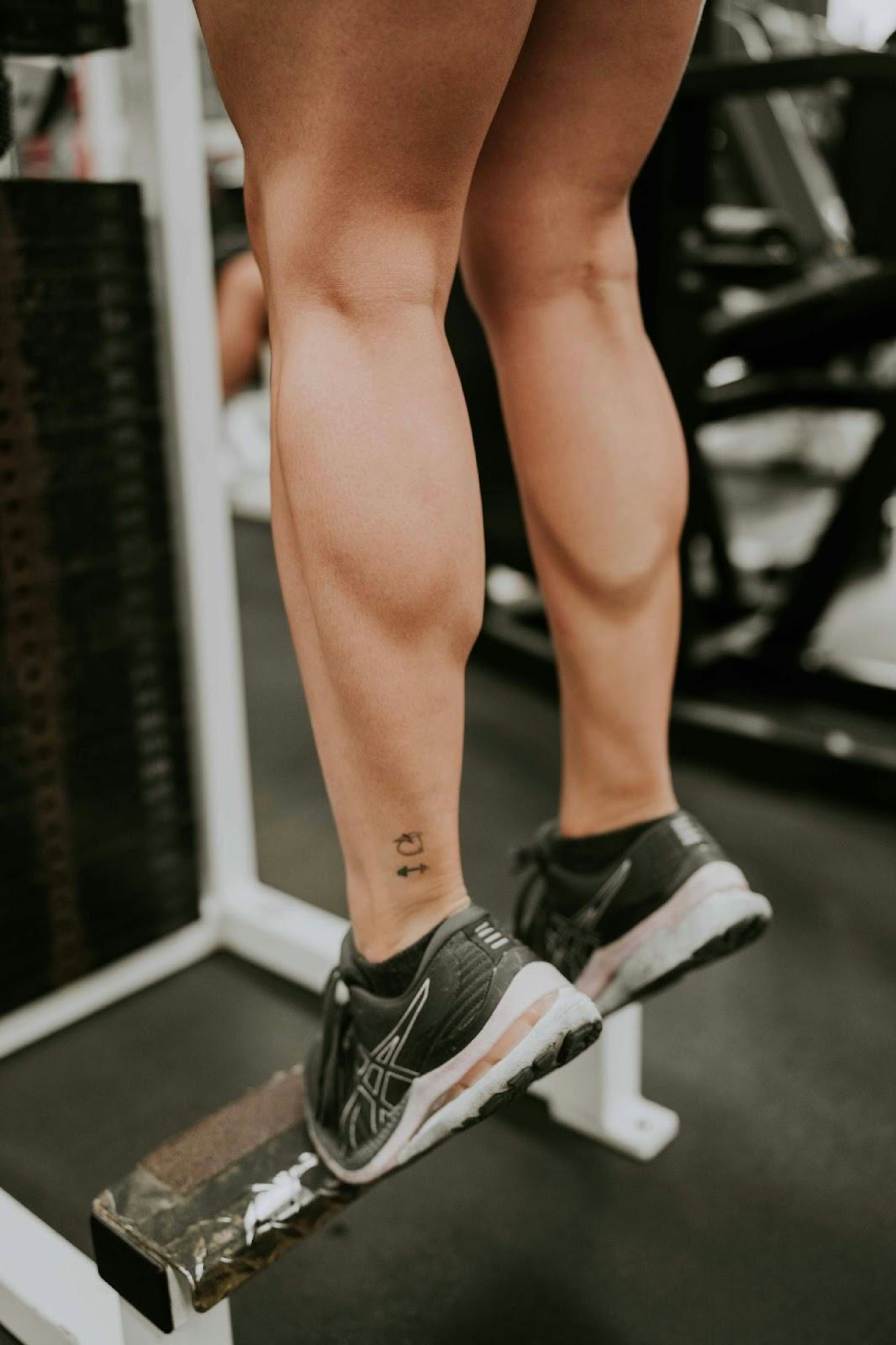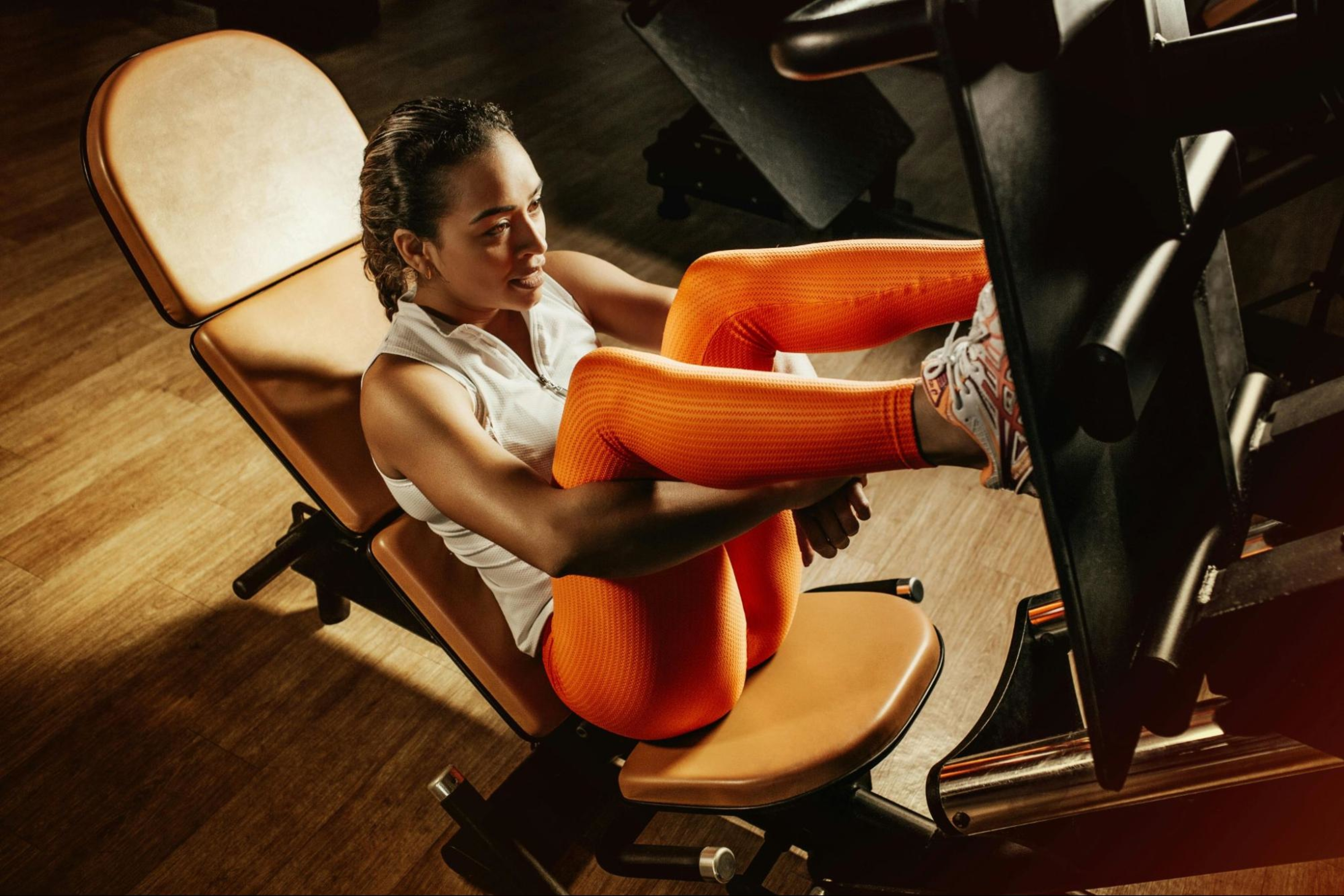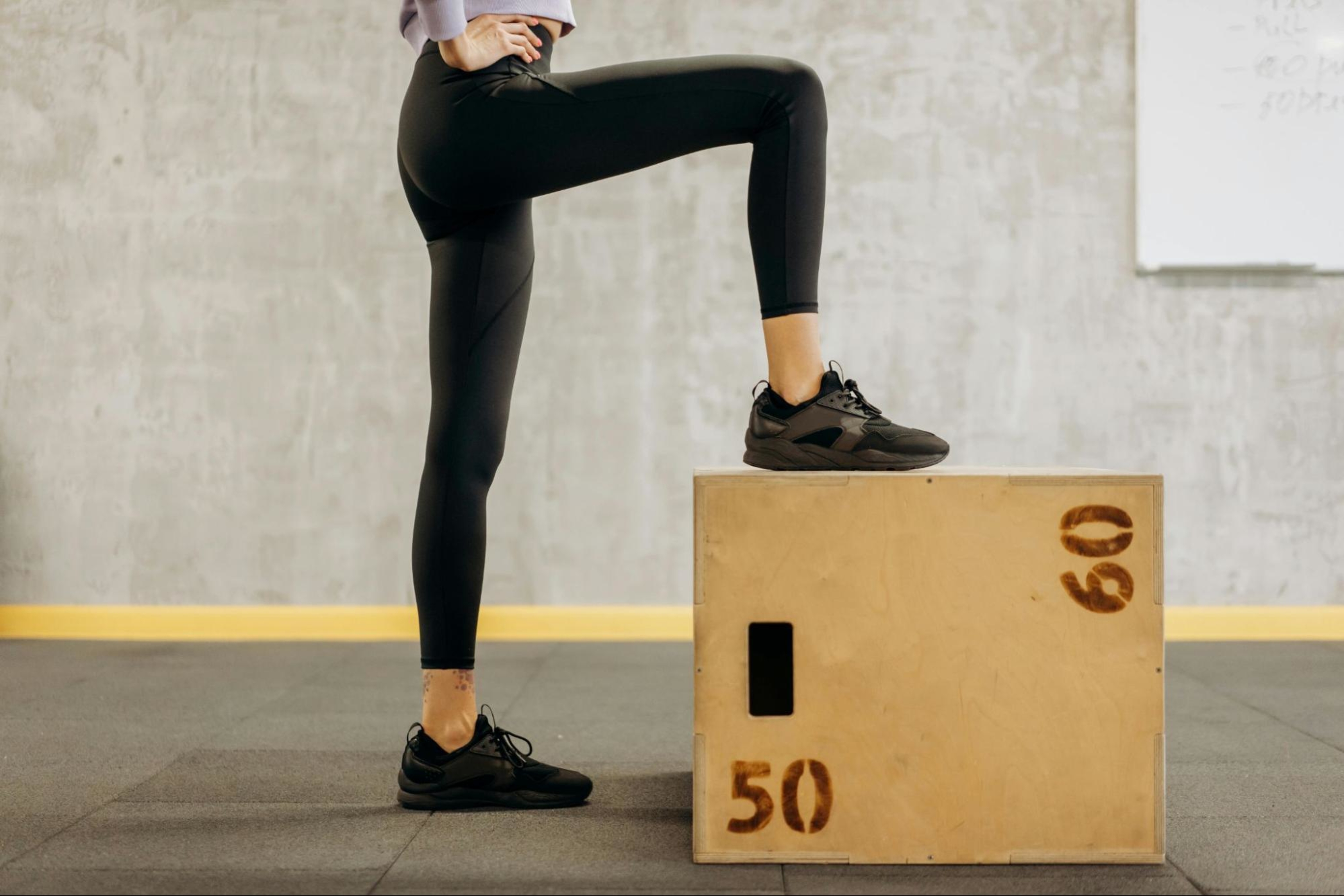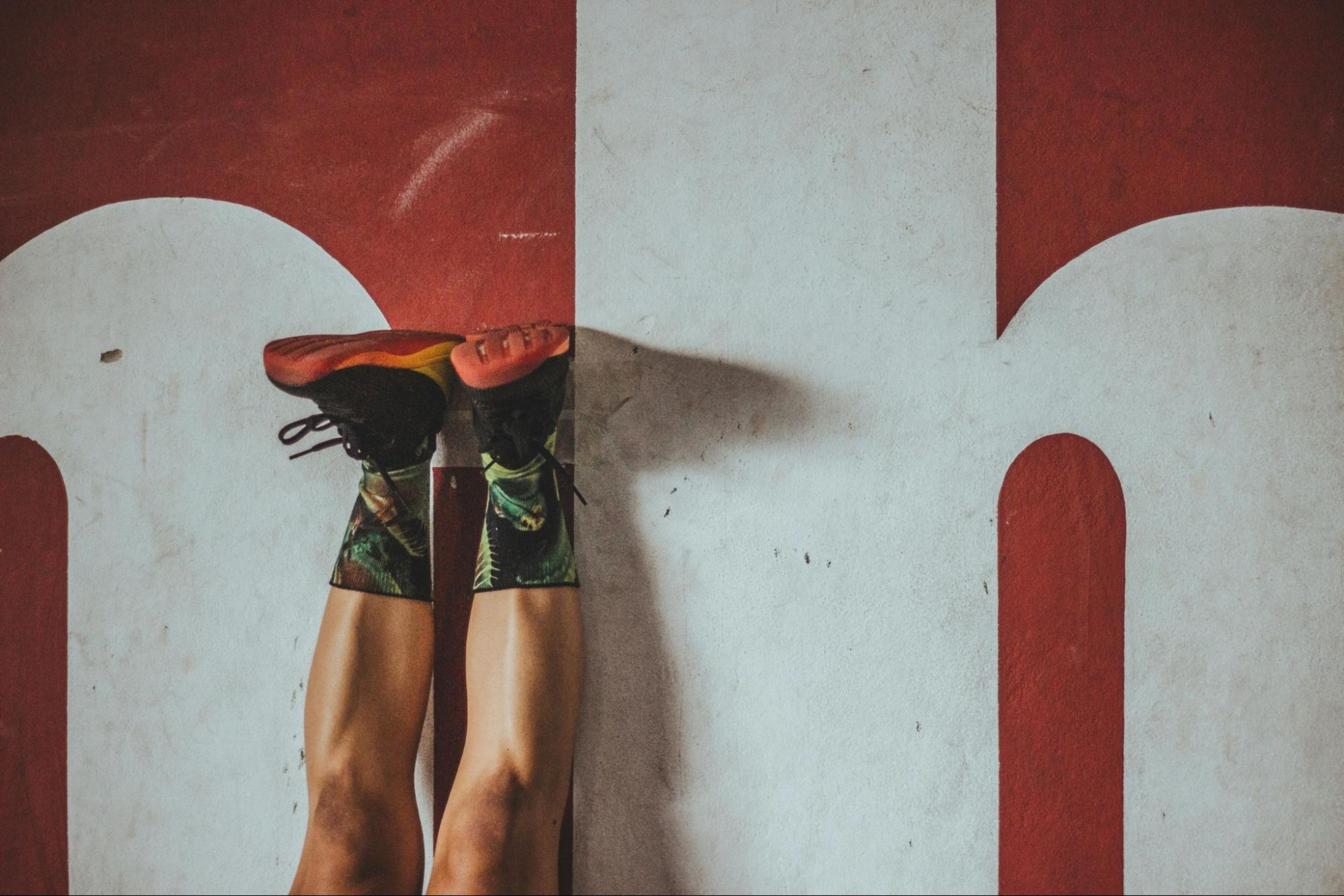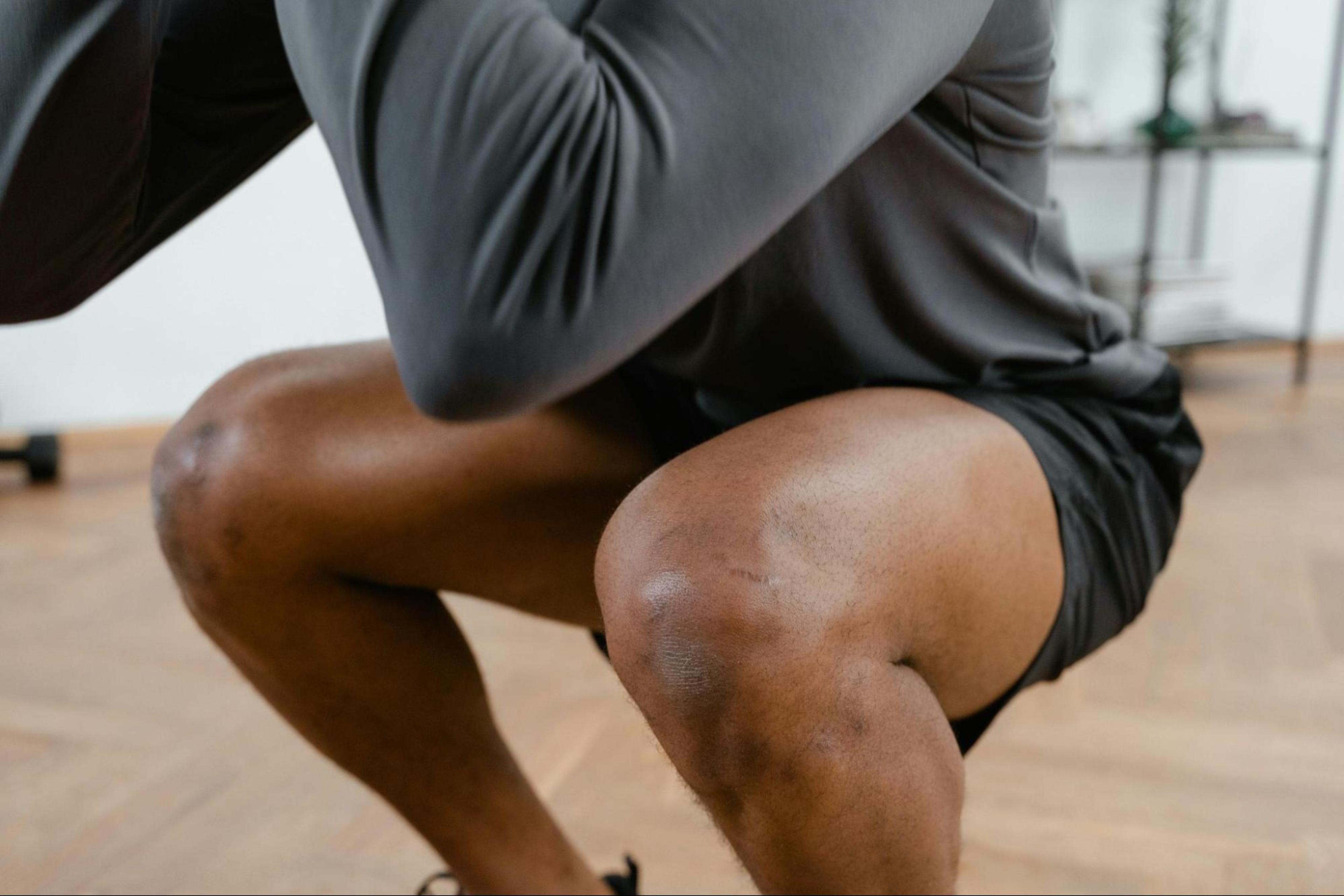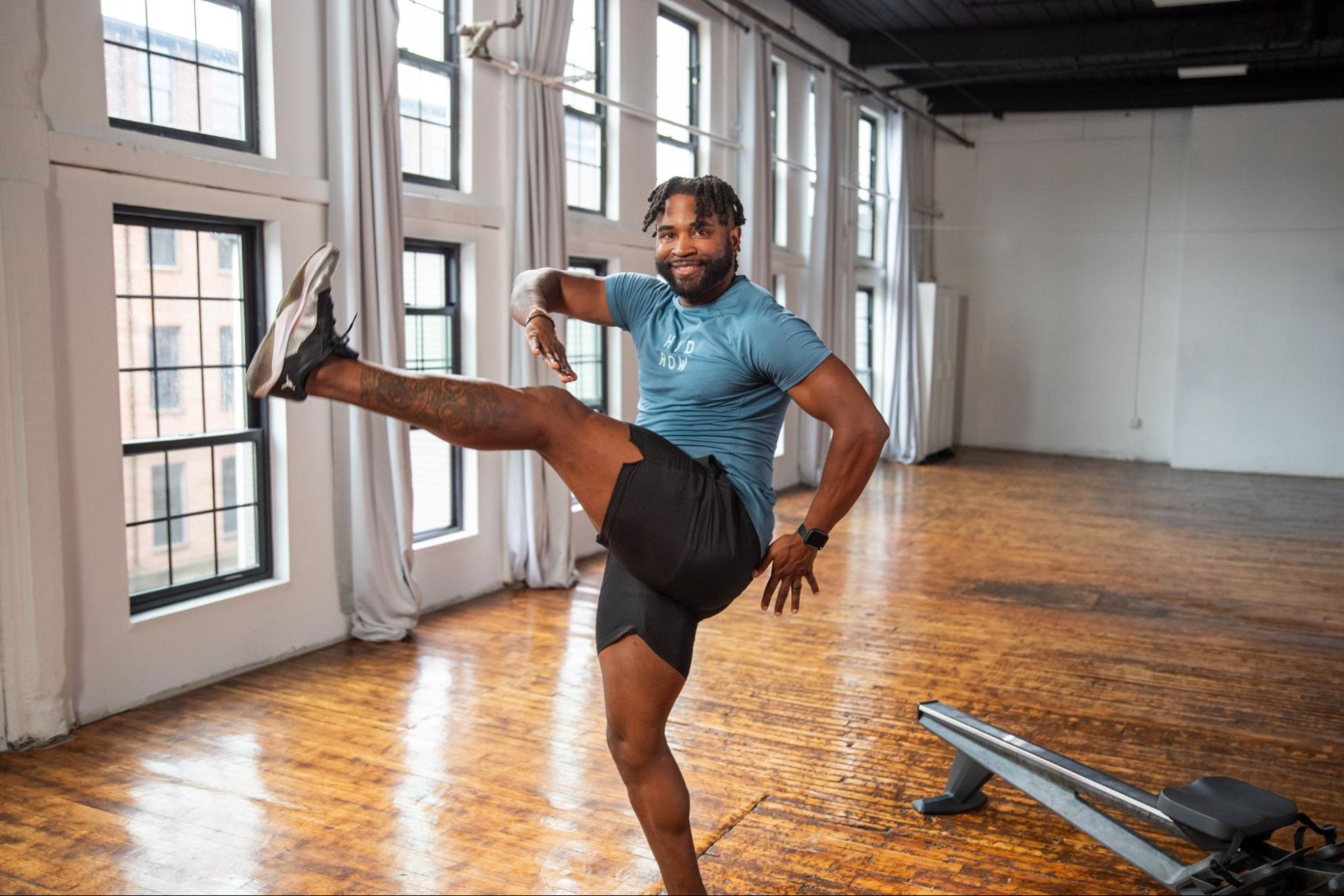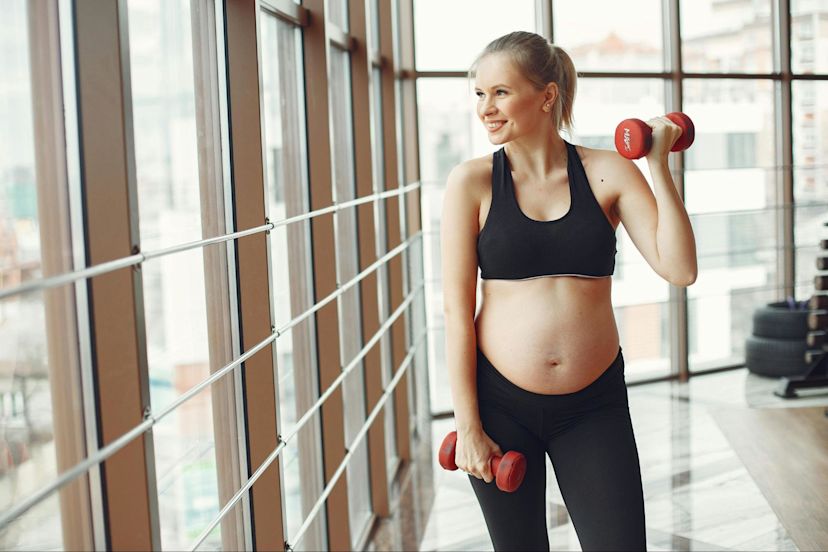How to Build Leg Muscle: 7 Moves That Actually Work
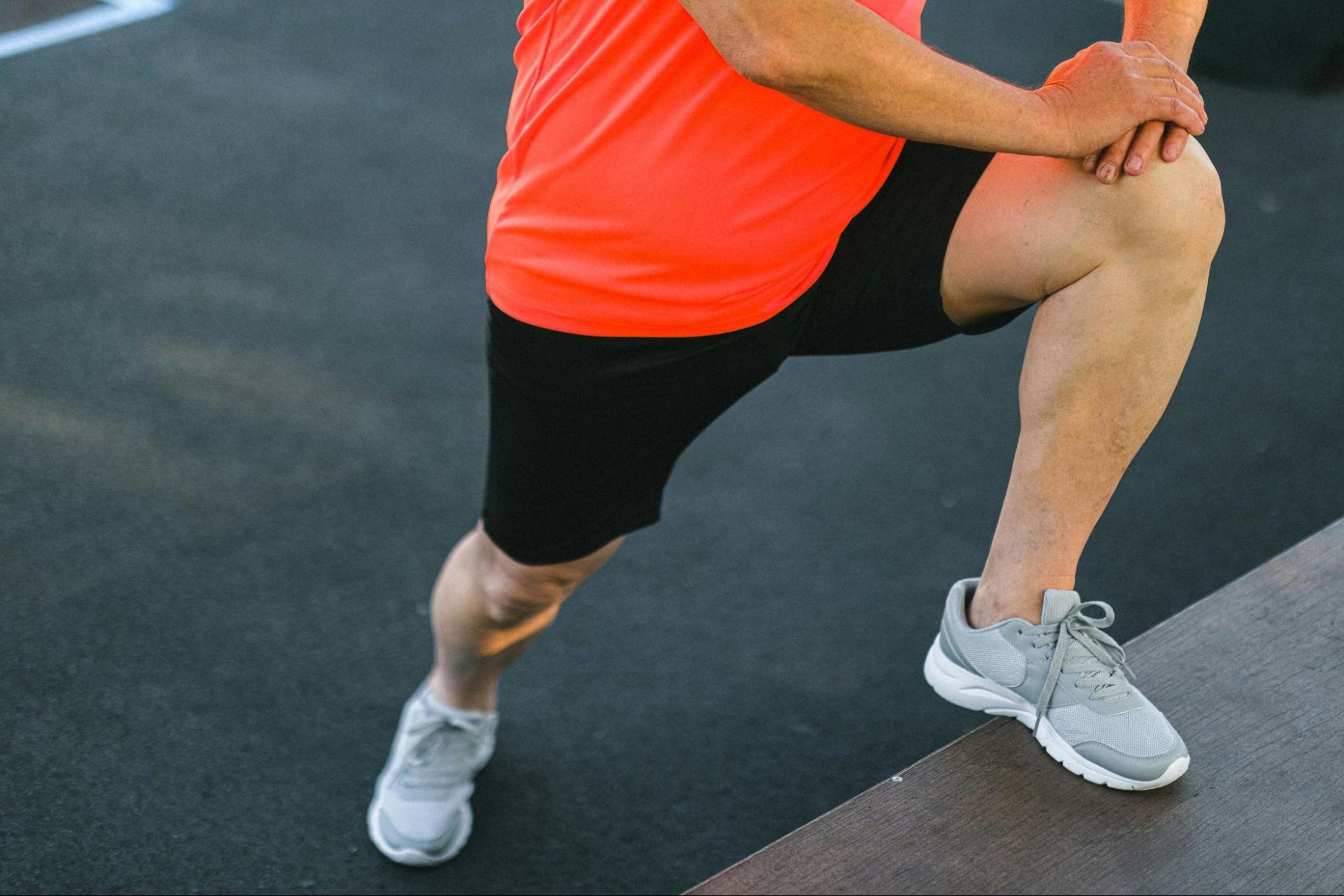
Strong, muscular legs are the foundation of total-body strength, balance, and athletic performance. Whether you’re an athlete, weekend warrior, or just want to feel powerful in daily life, leg training is essential to your success.
If you’re looking for the best ways to build leg muscle, this blog will cover:
Let’s jump in!
What muscles make up the legs?
Your legs are a complex network of powerful muscles that work together to support movement, stability and strength. Here’s a list of the key players:
Quadriceps: Located on the front of your thigh, the quads are responsible for extending the knee and are heavily engaged in movements like squats, leg presses, and leg extensions
Hamstrings: Found at the back of your thigh, hamstrings bend at the knee and help extend the hip, crucial for running, jumping, and deadlifting.
Glutes: The gluteus maximus, medius, and minimus make up your buttocks. These muscles are vital for hip extension, rotation, and stabilization.
Calves: The gastrocnemius and soleus muscles form your calves, enabling you to push off the ground and stabilize your ankles as you walk, run, or jump.
Hip flexors: These muscles, including the iliopsoas, lift your thigh toward your torso and play a key role in running and jumping.
Each muscle plays a unique role in movement and strength. Balanced training ensures you develop power, stability, and athleticism while reducing your risk of injury.
How to build leg muscle: Key principles
Building leg muscle isn’t just about lifting heavy weights—it’s about training smarter. Here are the core principles:
Progressive overload: Gradually increase the weight, reps, or sets over time to challenge your muscles and stimulate growth. The double progression model is effective: Once you can perform the top end of your rep range for all sets with good form, increase the weight slightly at your next session.
Full range of motion: Perform exercises through a complete range of motion to maximize muscle fiber recruitment and flexibility.
Proper recovery: Muscles grow outside the gym. Ensure you’re getting enough rest, sleep, and nutrition to recover and build new muscle tissue.
Exercise variety: Incorporate both compound and isolation movements for comprehensive development and to prevent plateaus.
The best exercises to build leg muscle
A balanced leg routine includes both compound (multi-joint) and isolation (single-joint) exercises. It’s commonly recommended to start with compound exercises when you’re fresh for maximum strength and safety, then use isolation moves to finish your workout and target specific muscles.
Here are our top picks, with how-to instructions and tips:
The best compound movements to build leg muscle
1. Barbell squat
Barbell squats are widely regarded as the king of leg exercises because they effectively target multiple muscle groups, build strength, and improve overall lower-body power.
How to do a barbell squat:
Stand with feet shoulder-width apart with your feet turned out slightly, barbell on your upper back.
Lower into a squat, keeping your chest up and knees tracking over your toes, then drive back up.
2. Deadlift (conventional or Romanian):
Deadlifts are a powerful compound exercise that target multiple leg muscles while also engaging your glutes and hamstrings for overall lower-body strength. You can either do a conventional deadlift—which involves lifting the bar from the floor with a deeper knee bend—or a Romanian deadlift, which focuses on hinging at the hips with minimal knee bend to emphasize the hamstrings and glutes.
How to do a deadlift:
Stand with your feet hip-width apart, hinge at your hips, and bend your knees to lower your torso to grab the bar.
Grab the bar with your hands just outside your knees—either with both palms facing you or one palm facing you and the other facing away.
Keep your back flat, chest up, and shoulder blades pulled back.
With your hips higher than your knees and your eyes looking slightly ahead, brace your core and drive through your heels to raise the bar.
Keep the bar close to your body—almost grazing your shins and thighs—as you unhinge and stand tall.
Reverse the movement by pushing your hips back first, then bending your knees to lower the bar in a controlled way.
How to do a Romanian deadlift:
With an overhand or mixed grip, hold a barbell or dumbbells in front of you with a slight bend in your knees.
Hinge or “lift” at the hips, lowering the weight while keeping your black flat.
Engage your hamstrings and glutes to return to standing position.
3. Bulgarian split squat
Bulgarian split squats isolate each leg individually, helping to improve balance, stability, and muscle development in the quads, glutes, and hamstrings.
How to do a Bulgarian split squat:
Stand a few feet in front of a bench.
Place one foot behind you on the bench, and squat down with your front leg.
4. Leg press
Leg presses allow you to safely load your legs with heavy resistance, effectively building strength and muscle mass in the quads, hamstrings, and glutes.
How to do a leg press:
Sit in the leg press machine, feet on platform shoulder-width apart, similar to a squat stance.
Lower the platform by bending your knees, then press back up.
Adjust foot placement to emphasize quads, hamstrings, or glutes.
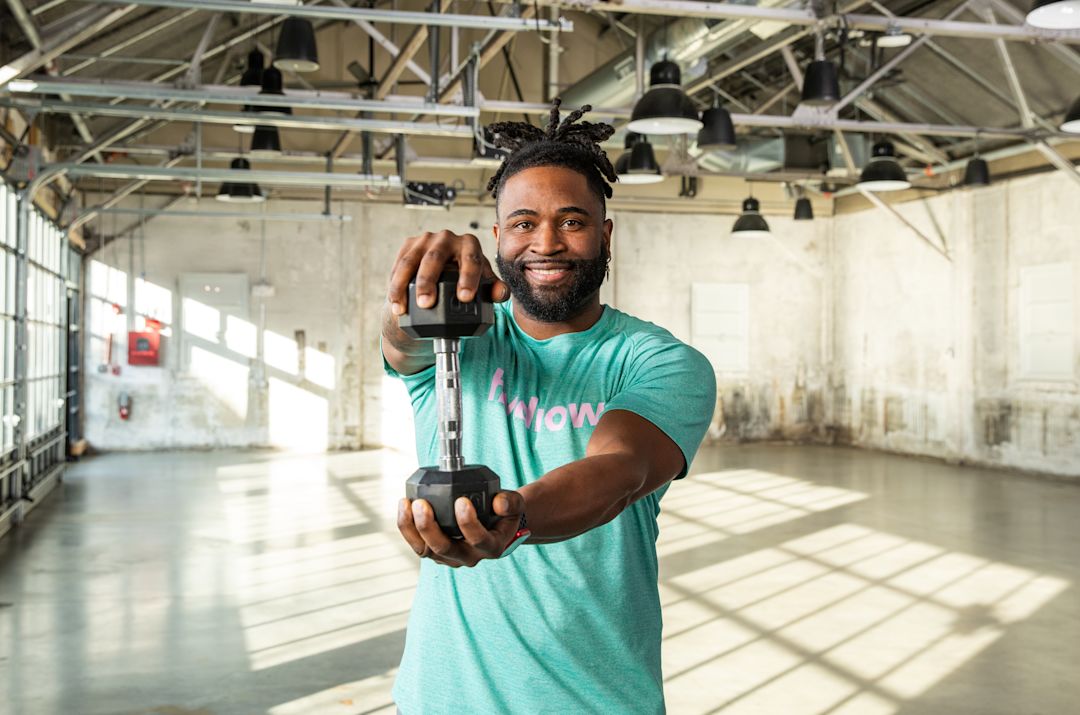
Explore Hydrow's library of strength training workouts.
The best isolation movements to build leg muscle
1. Leg extension
Leg extensions isolate the quads by targeting them directly through knee extension, helping to build muscle strength and definition.
How to do a leg extension:
Sit on the machine with the pad resting against your shins.
Extend your knees to lift the weight, focusing on squeezing your quads at the top.
2. Leg curl (seated or lying)
Leg curls target the hamstrings by curling your heels toward your glutes, strengthening and shaping the back of your legs.
How to do a leg curl:
Lie face down or sit with the pad against your ankles.
Curl your heels toward your glutes, contracting your hamstrings throughout the movement.
3. Calf raise (standing or seated)
Calf raises strengthen the calf muscles by lifting your heels off the ground, improving lower leg power and definition.
How to do a calf raise:
Stand or sit with weight on your shoulders or thighs.
Push through the balls of your feet to lift your heels, squeezing your calves at the top.
How to structure your leg workouts
A well-designed leg workout balances intensity, volume, and frequency.
Sets and reps: For muscle growth, aim for 3–4 sets of 12–15 reps per exercise.
Frequency: Train legs 1–2 times per week, depending on your overall routine and recovery.
Splits:
Full leg day: Hit all major muscle groups in one session.
Upper/lower split: Alternate between upper- and lower-body days.
Focused splits: Dedicate one session to quads/glutes, another to hamstrings/calves.
Here is a sample weekly split:
Monday: Quads, glutes, calves
Thursday: Hamstrings, glutes, calves
Adjust volume and frequency based on your recovery and goals. Higher training volume—aka more sets and reps—is key for muscle growth, but don’t sacrifice form or recovery. Overtraining can cause injuries or a sacrifice of good form.
Common leg training mistakes to avoid
Even seasoned lifters make mistakes that can stall progress:
Skipping leg day: Neglecting legs leads to imbalances and limits overall strength. Be sure to engage in a leg-focused day at least once per week.
Poor form: For example, not squatting deep enough or letting knees cave in increases injury risk and reduces effectiveness. You’re less likely to achieve your desired results without attention to maintaining proper form while you exercise.
Neglecting your posterior chain: Focusing only on quads and ignoring glutes and hamstrings can cause imbalances and limit athletic performance. Moreover, hamstrings account for much of the volume on your legs, so failing to exercise them may hinder your gains.
Not lifting heavy enough: Challenge yourself with progressive overload to stimulate growth. Don’t sacrifice form for heavier weight, though. Listen to your body if the exercises become painful or difficult to complete properly.
Ignoring unilateral training: Training one leg at a time corrects imbalances and builds stability. Incorporate unilateral exercises into each leg day for consistency.
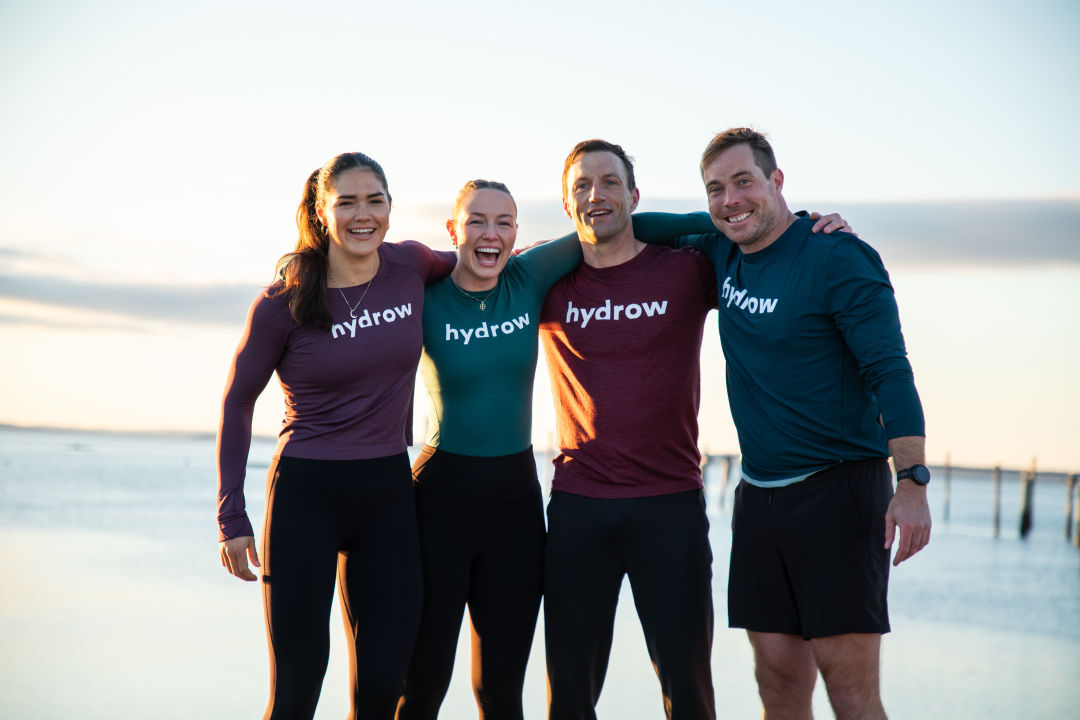
Explore Hydrow’s library of 5,000+ rowing, circuit training, yoga, Pilates, and mobility workouts.
Tips to maximize leg muscle growth
In order to get the most gains out of your leg days, consider the following tips:
Mind-muscle connection: Focus on feeling the target muscle working during each rep for better activation. You may need to turn down your music and reduce distractions if this technique is new to you.
Tempo control: Slow down the lowering phase to increase time under tension and stimulate growth.
Unilateral training: Incorporate single-leg exercises like Bulgarian split squats and lunges to correct imbalances and boost stability for better overall performance.
Adequate protein intake: Support muscle repair and growth with sufficient dietary protein. Aim for about .08 grams of protein per kilogram of weight. For an approximate amount, divide your weight in pounds by 2.2 and then multiply by .08.
Stay consistent: Stick to your program and track progress to ensure you’re continually challenging your muscles.
A sample leg workout to build muscle
Here is a sample routine that will help you get started with an effective leg workout:
Warm-up: 5 minutes of gentle exercise, stretching, or mobility exercises
Leg strength workout:
Barbell squat: 8–10 reps, 4 sets
Romanian deadlift: 8–10 reps, 3 sets
Bulgarian split squat: 8–10 reps per leg, 1–3 sets
Leg extension: 12–15 reps, 2 sets
Lying leg curl: 12–15 reps, 2 sets
Standing calf raise: 15–20 reps, 3 sets
Cool-down: 5 minutes of stretching.
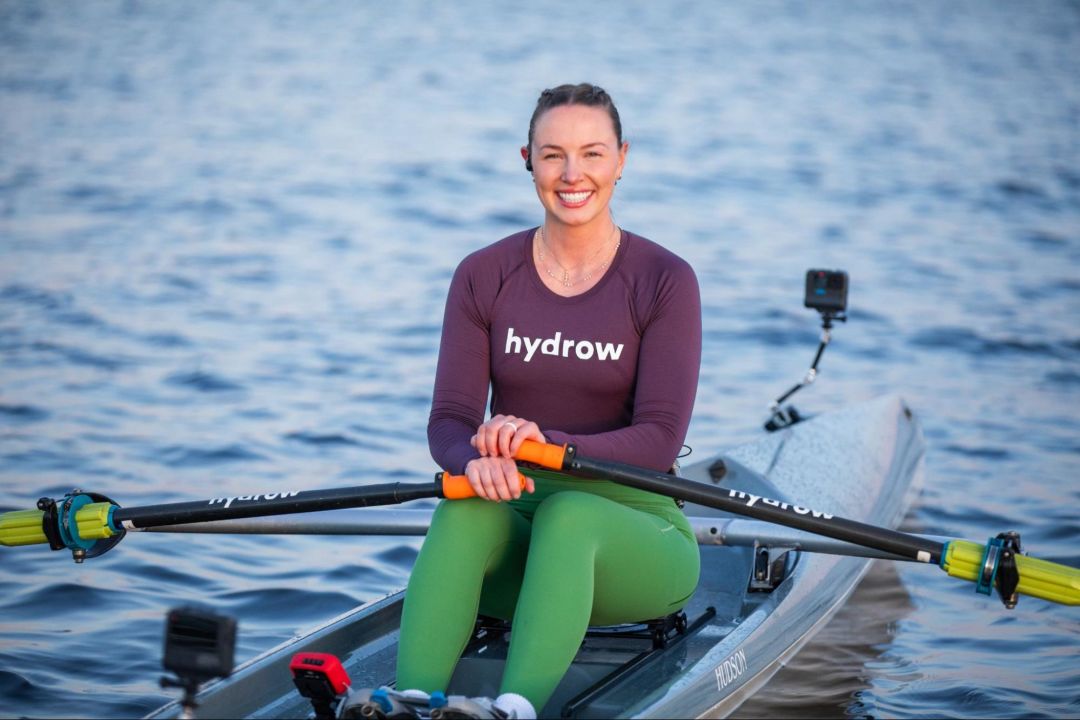
Did you know?
Over 90% of Hydrow members are still active one year later.
Tips:
Rest for 60–90 seconds between sets.
Focus on full range of motion and controlled tempo.
Adjust weights to maintain good form throughout.
You’re ready to go!
Leg training is non-negotiable for anyone serious about strength, balance, and athletic performance. The right mix of compound and isolation exercises, smart programming, and consistent effort will help you build muscle and unlock your full potential.
Looking for more ways to build leg muscle?
Hydrow offers guided strength training workouts for every fitness level, all led by world-class Athletes who coach you through each movement and help you stay consistent. Additionally, our rowing workouts target 86% of your muscles with every stroke, delivering full-body training and real results.
Explore Hydrow’s strength workouts and see how far you can go.
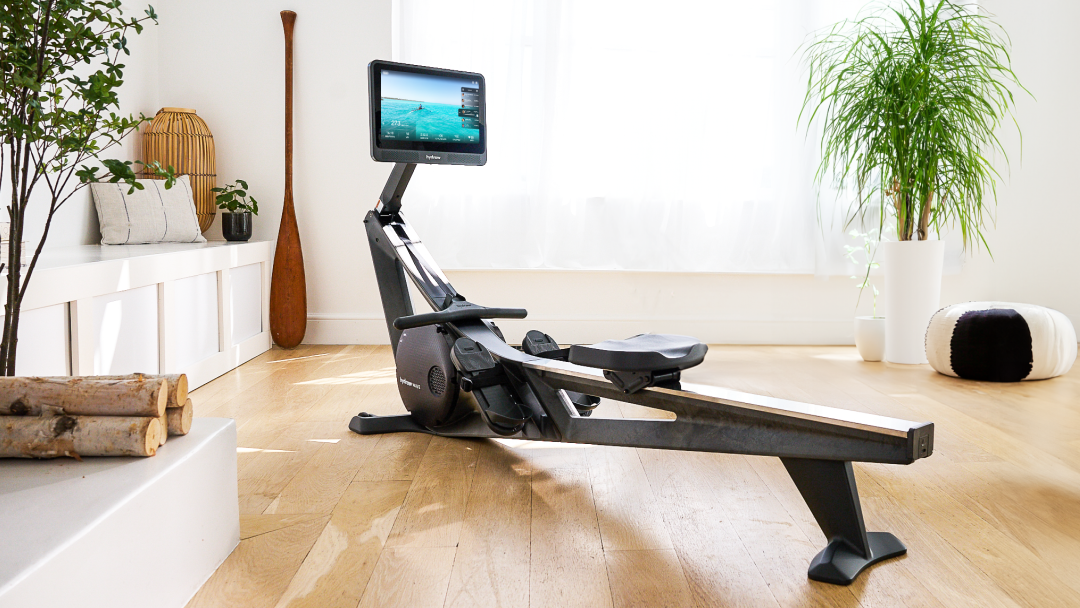
Real strength keeps moving
Learn how working out with Hydrow can help support a fuller, more active life.

